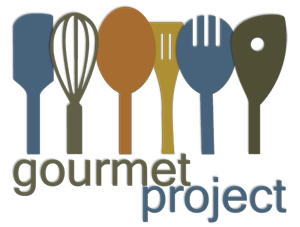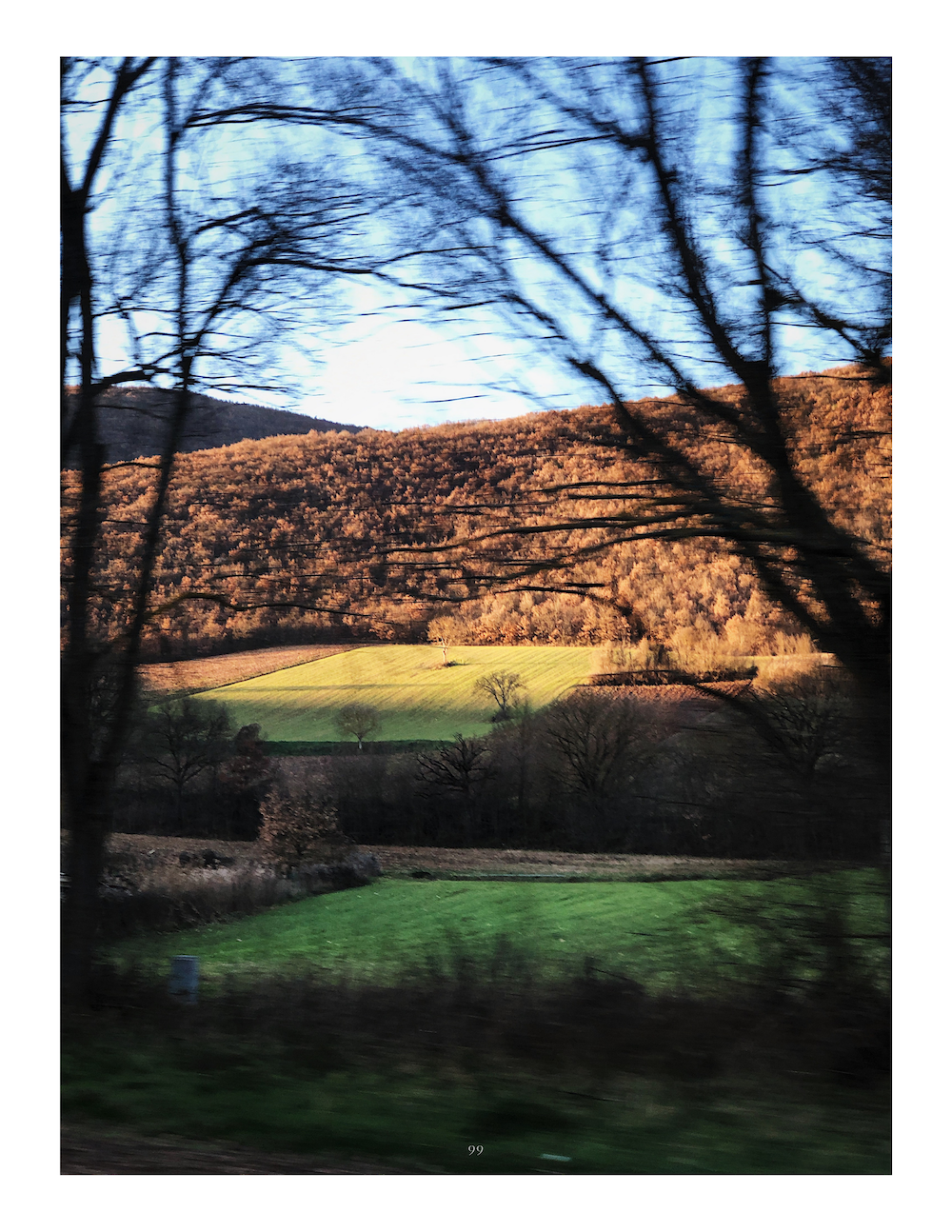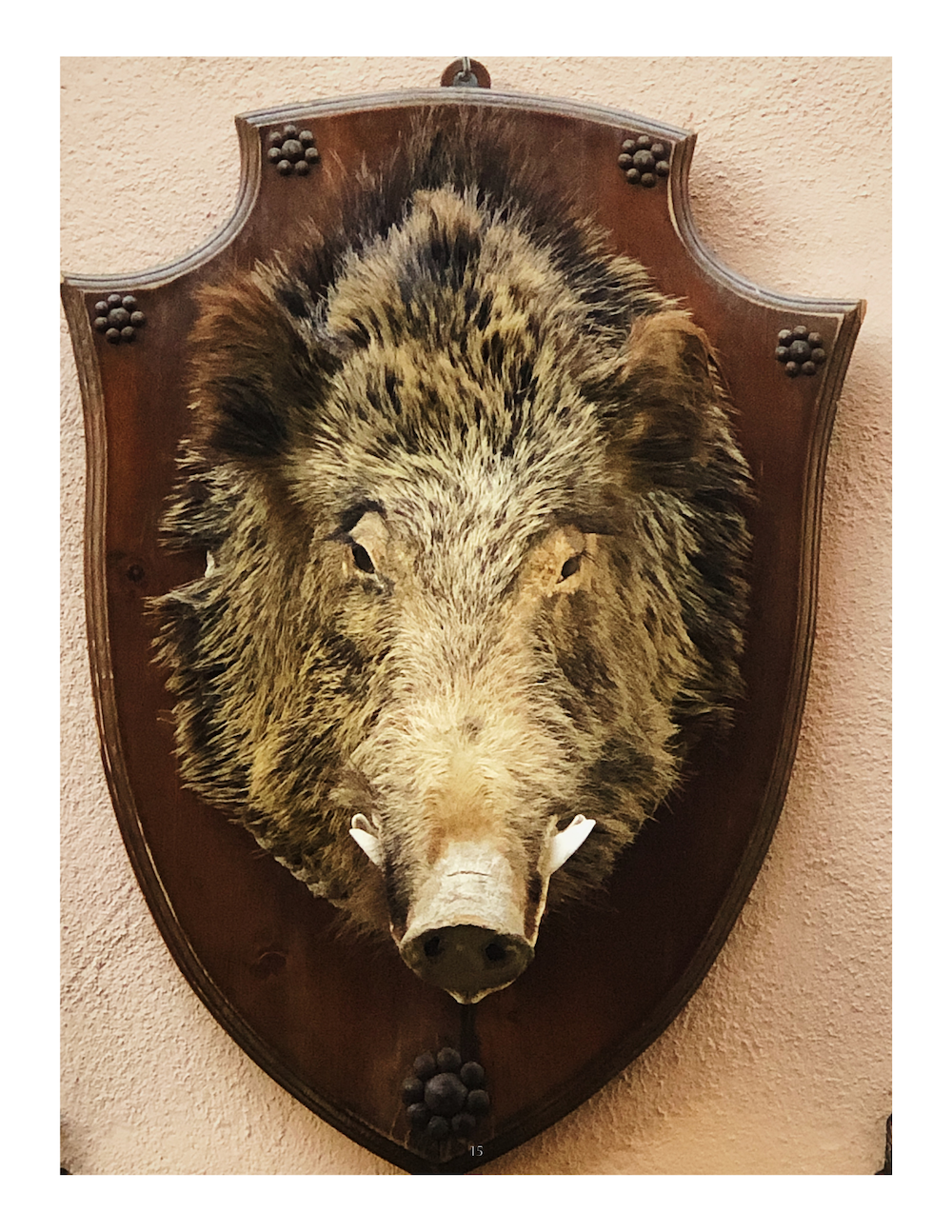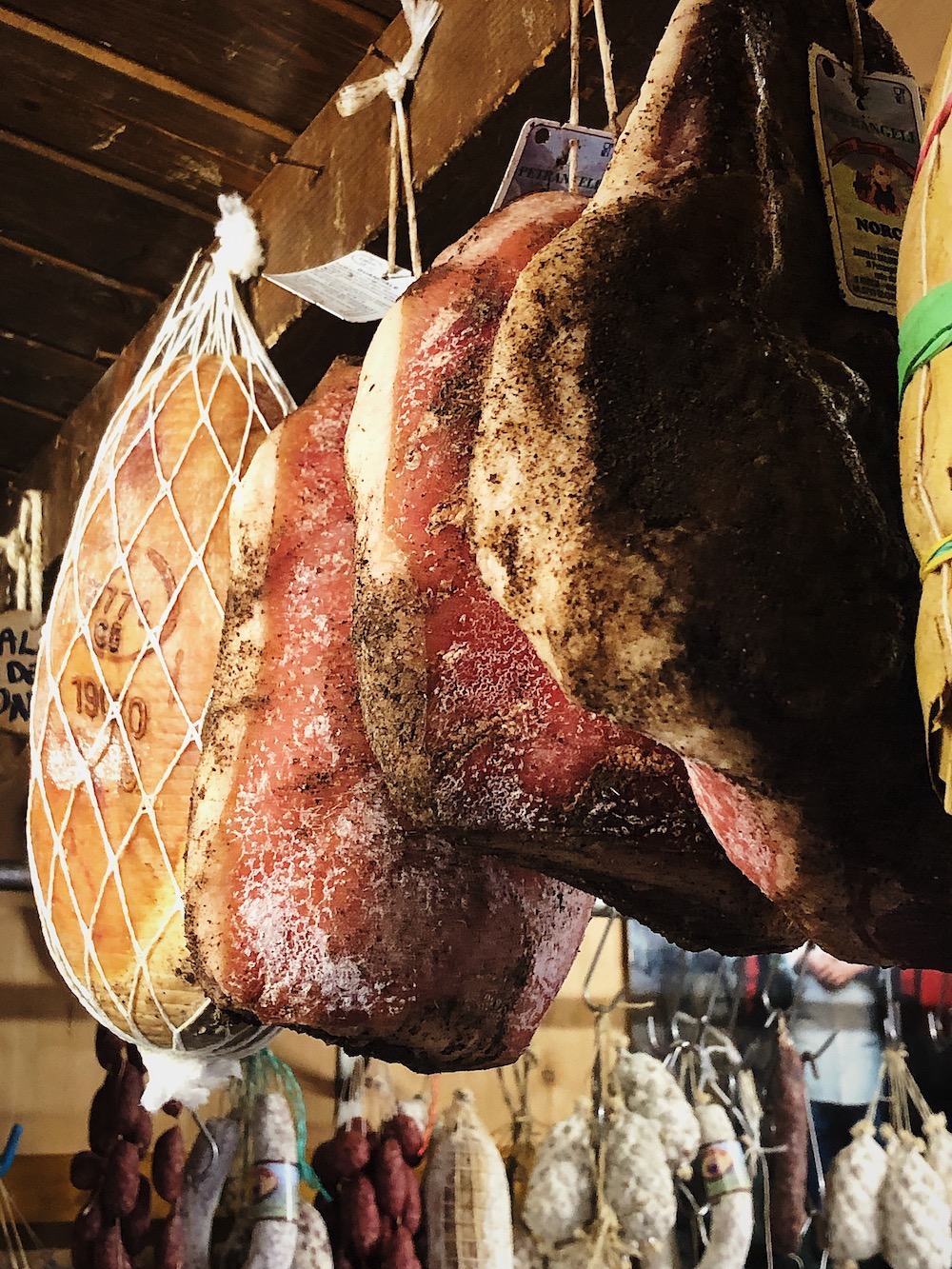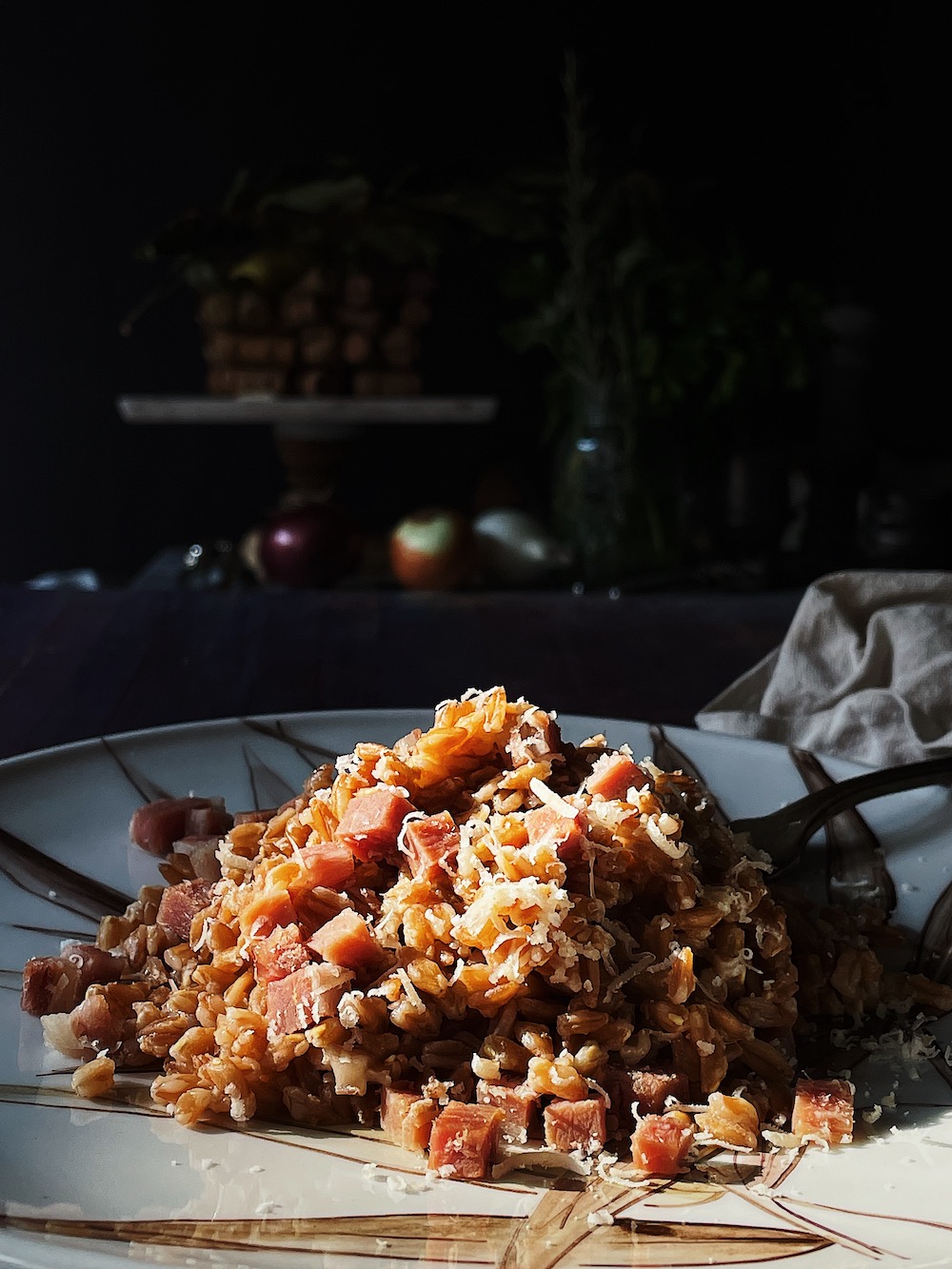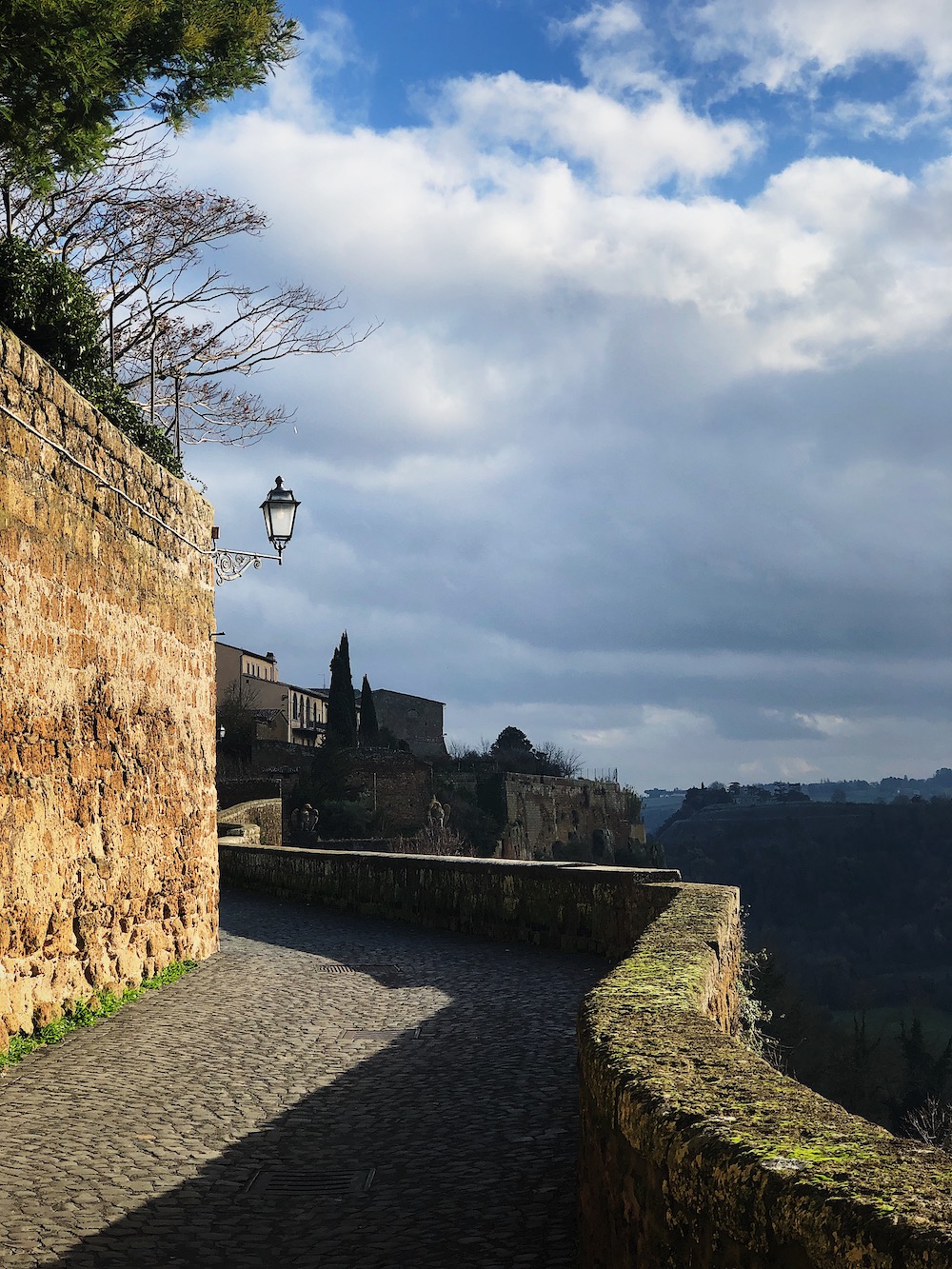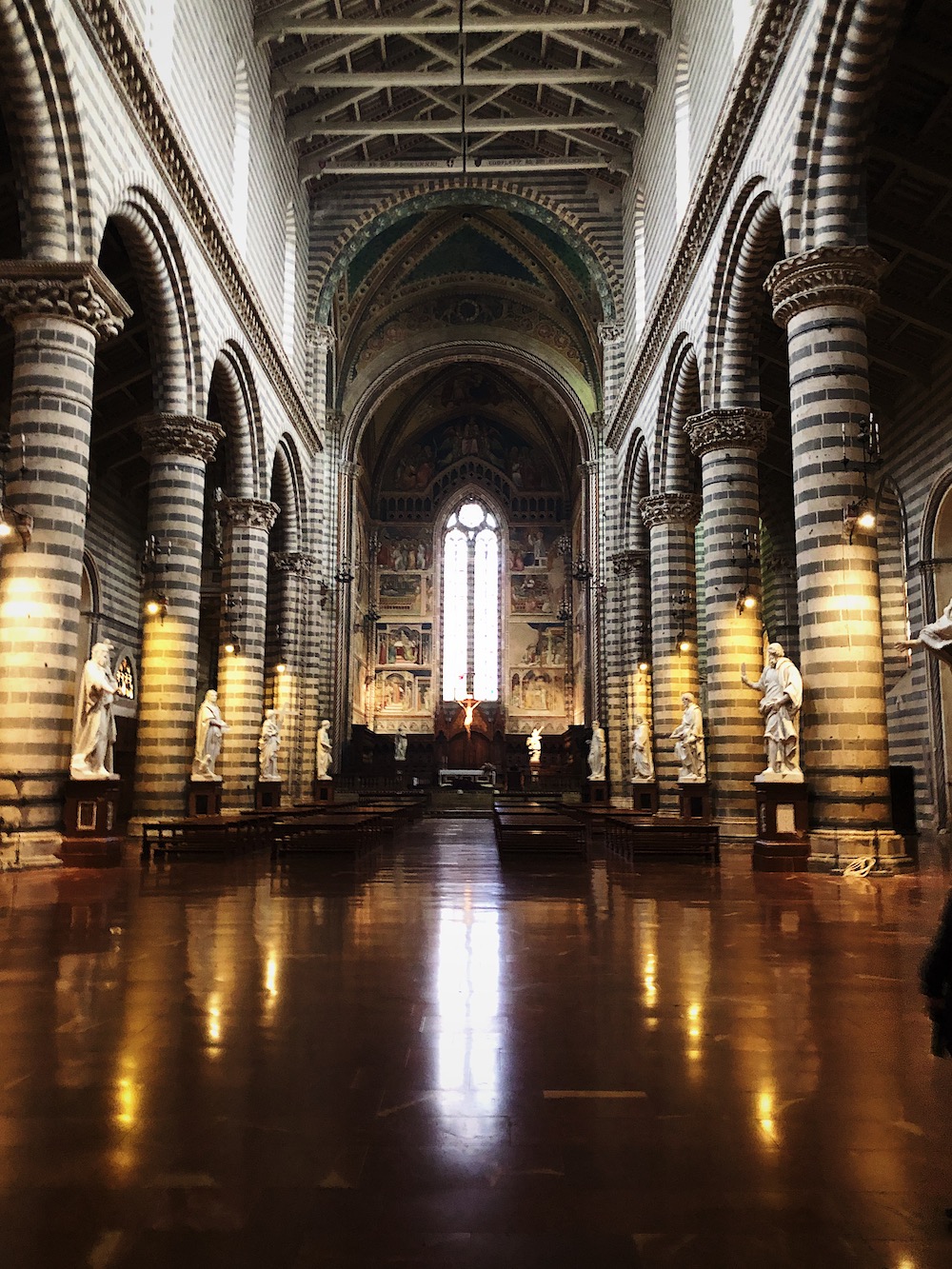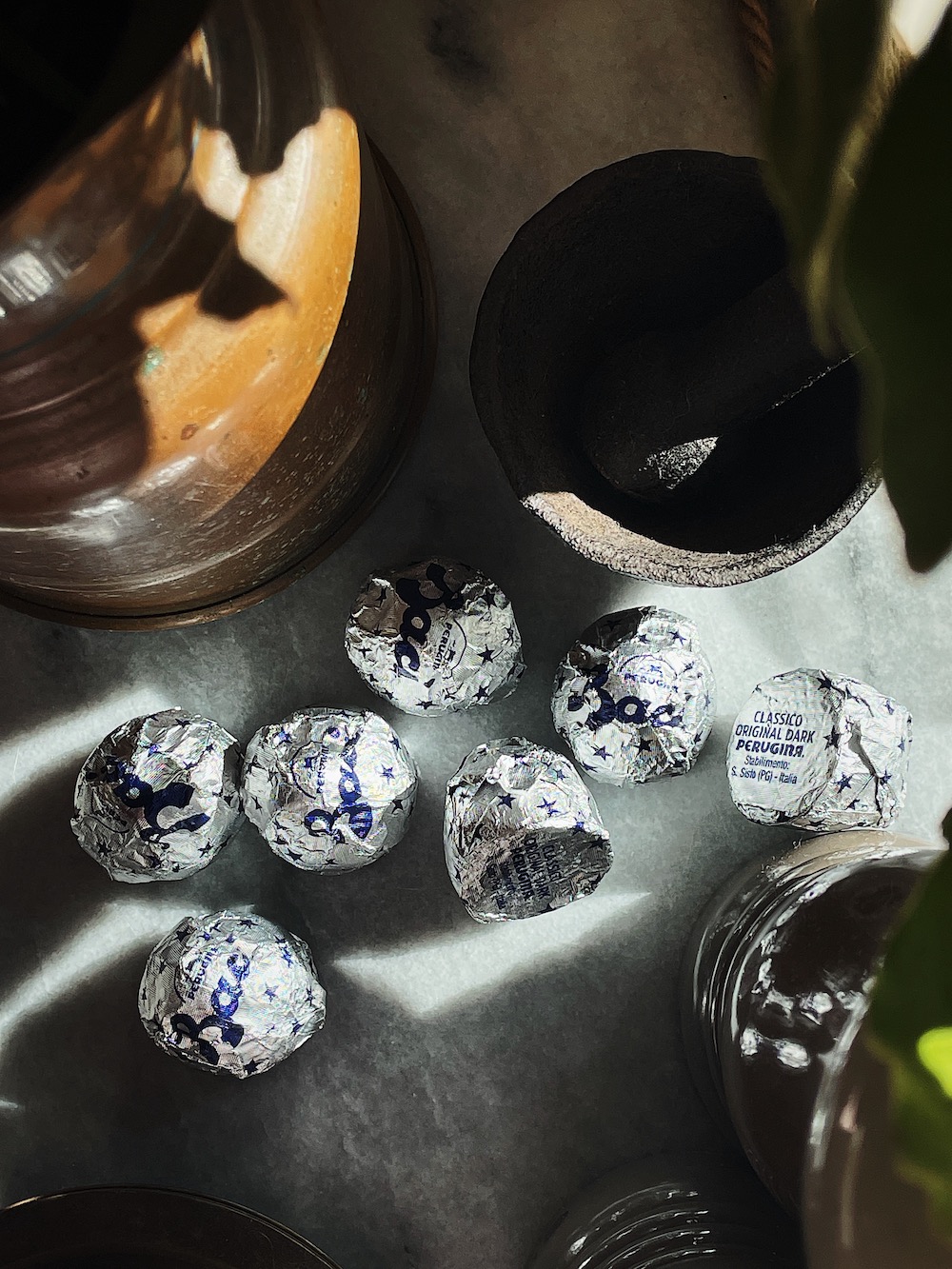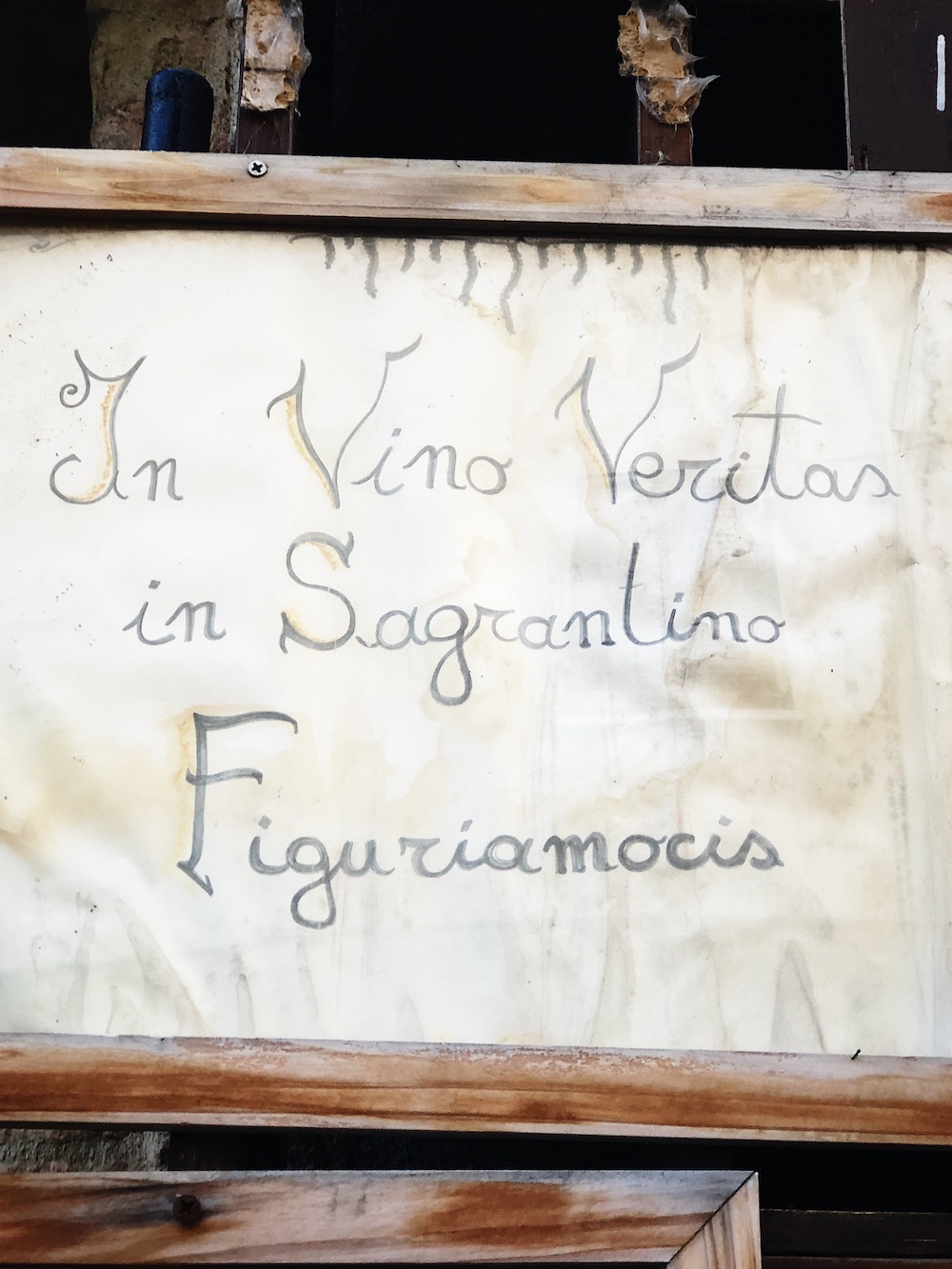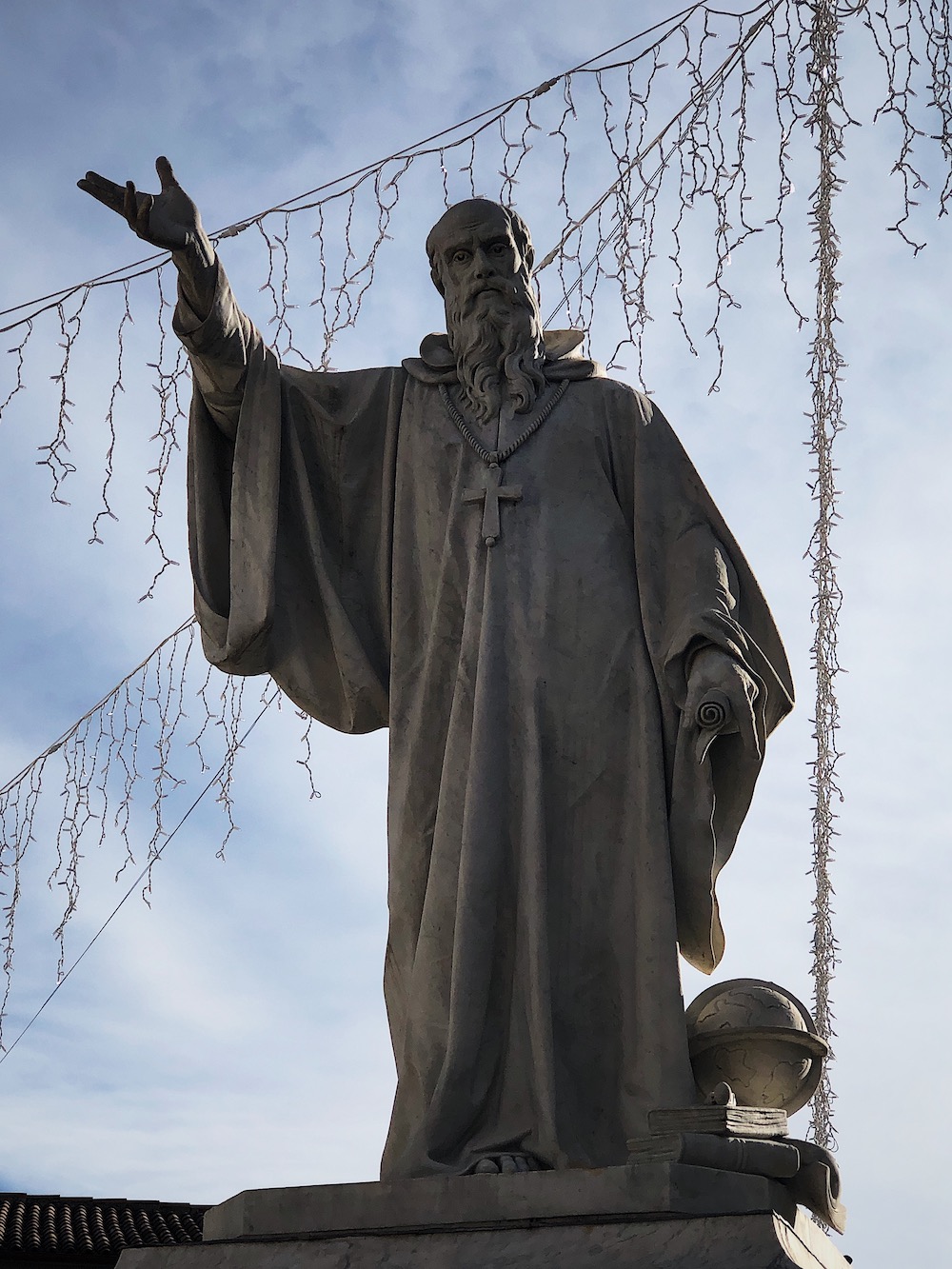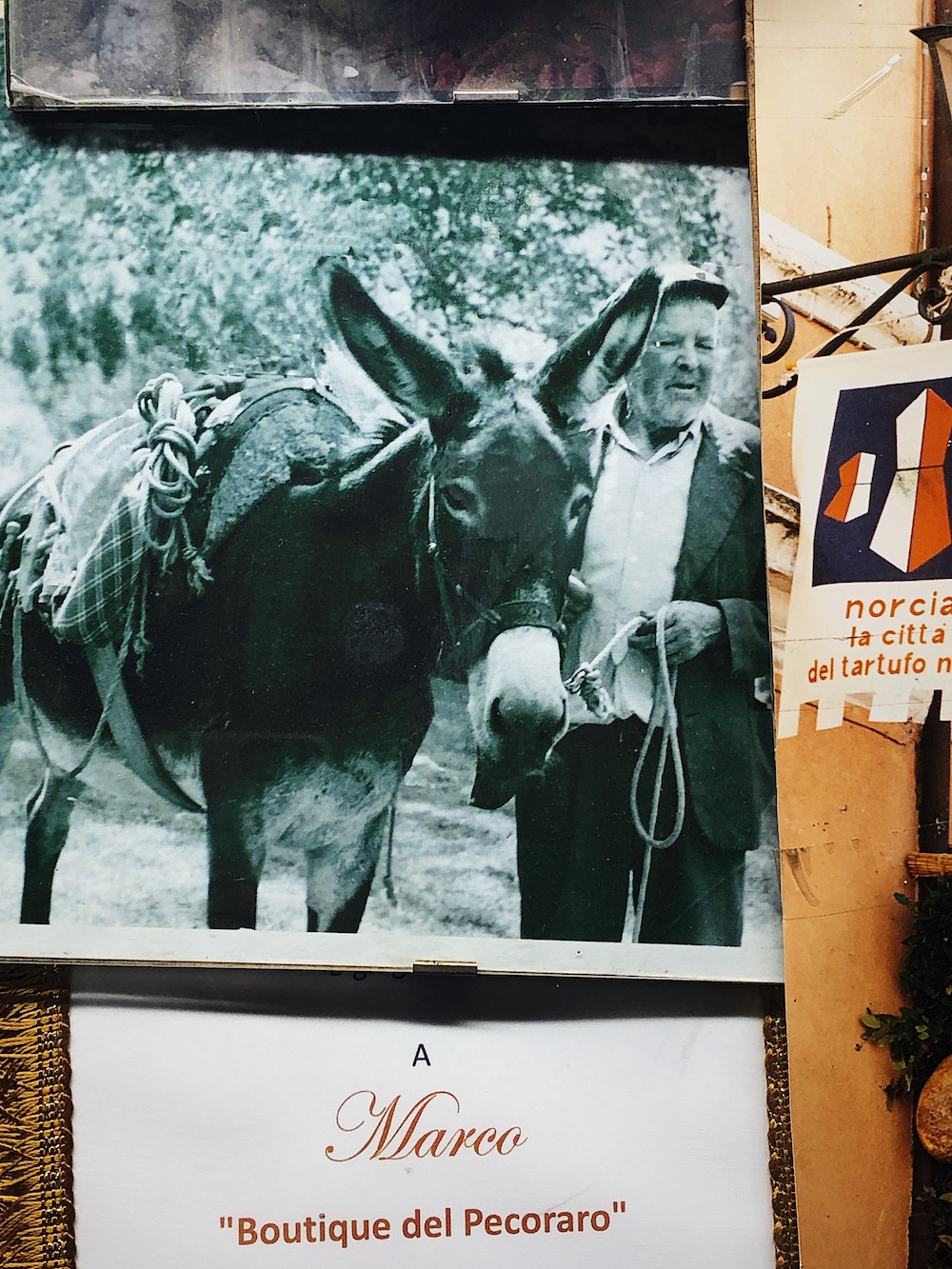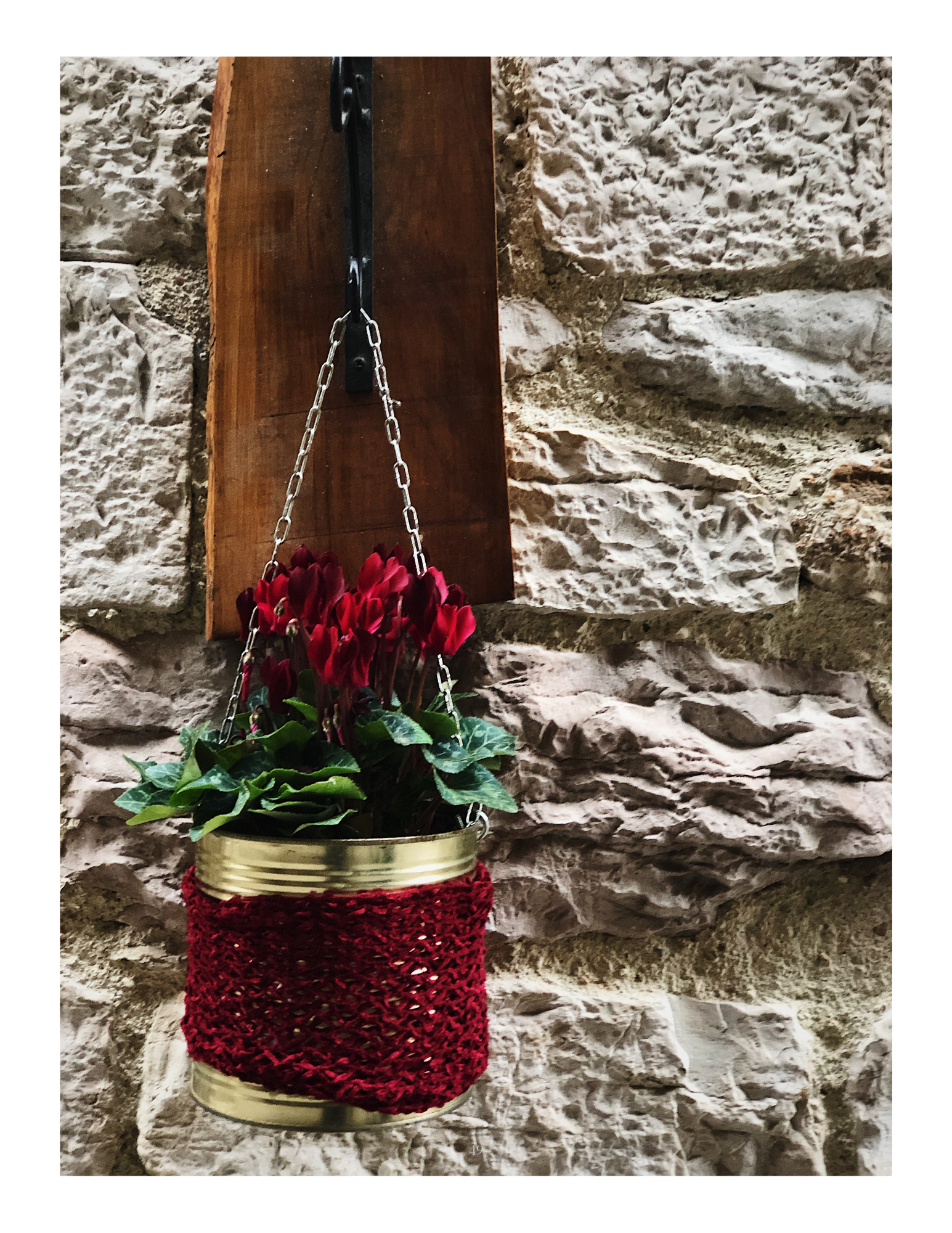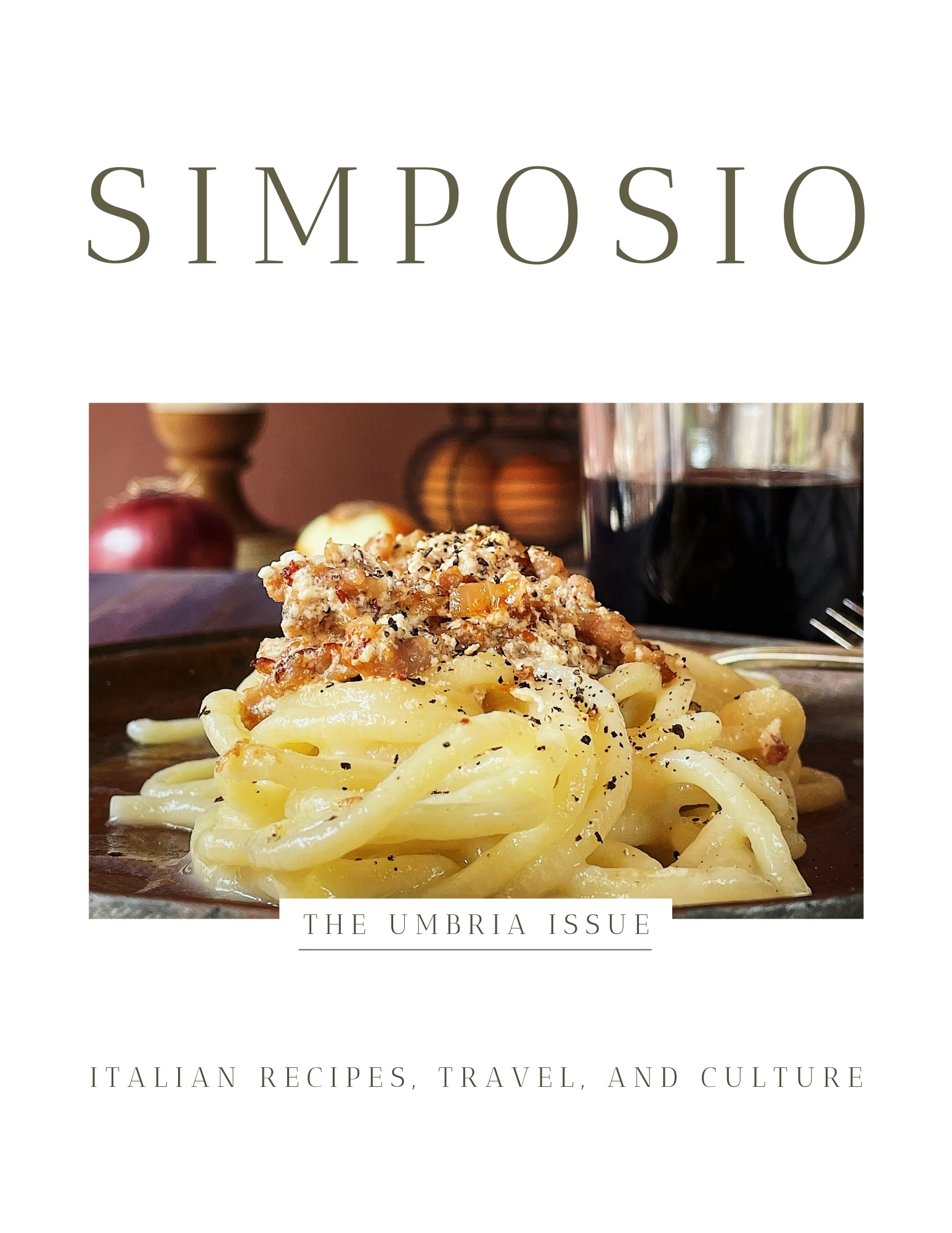We came back from our Umbria culinary travel, a road trip, with the car exploding. We had, as always, gone a bit too far with wine, oil, and local specialties shopping. But when you have your own car, and dozens of excuses like “wholesale prices”, or “I can’t find it in Rome”, or even “let’s sustain the local economy”, the sky is not the limit anymore. You forget you could order online or through an email. You neglect your promise to diet once home.
This is an excerpt from Umbria’s Simposio.
Umbria specialties
You only want to bring a piece of that wild nature back with you. You want to eat like the people smiling at you while pouring you yet another drop of wine. You want your toasted bread to taste just like the one they offer you copiously surmounted by olive oil. You want to use spices and herbs sapiently, like the cook you friended at the restaurant where it took you only a couple of days to become a habituè. You want all the dark green of the forests to sprout in your heart. You want to devour your meals voraciously while a cold wind swirls around the rocky room. Not even a menace anymore, just the perfect setting for your truffled eggs. And the duck ragu. And the cookies tossed in the fortified, sleep-aiding wine.
slow traveling Umbria
Umbria is a region to visit during the fall or during the winter. Because it’s pure comfort.
Visiting Umbria is like watching a medieval movie. Would you like to see the knights under a shining sun? No, you want a foggy forest. Would you enjoy seeing people bathing and sunbathing? No, you want them next to a bonfire, cooking game meat, drinking red wine. To me, at least now that I’m writing, Umbria is the dreamland of late autumn and winter. The rocky fortresses, the gothic churches, the enormous Prosciutti hanging from the ceiling. The wicker baskets loaded with truffles or Porcini mushrooms. Even the way people talk, like chanting. Perfect for tales recounted sitting next to the chimney. Umbrian pleasures require cold, windy days., short days, so the lights must be lit soon. Candle lights, if possible.
Umbria is known as the green heart of Italy. It is positioned perfectly at the center of the peninsula. And the territory is intensely dark green. Forest green. It is landlocked and plentiful of rivers. I have no doubt the majority of the fairytales happened here.
The towns are small and relatively close one to the other. You can sleep in one place and from there reach practically any destination on your list. We stayed in the tiny Torgiano and are planning to go back soon.
You need a car to explore the region, to hop from a city to a perched town, from a valley to a hill. Like a faun. So that you can decide where to stop for a more comprehensive visit, a meditative stop, or lunch. Walking shoes are mandatory for the slopes, the many, many slopes.
Umbria wines
Etruscan and Umbri (indigen populations) left behind the grand tradition of winemaking, later influenced by the Roman Empire and the papal subjugation. And more recently by tentatives of globalization and the blessed rebellious rediscovery of ancient, unique to the territory vines.
Umbria culture
Umbria is a mystic region. Italian Catholicism – and where there is Catholicism, there is paganism, at least here in Italy – has colonized the roots, the culture, and the folklore since the mid-1500s. Popes have dominated, ruled, drank, eaten, and lived in Umbria. Folklore has married religion, and much of it has forged the region’s identity. Many saints were born and raised here, and at least a few have gained notable positions in shaping the nation, politics – until 1948, Christianity was the state religion -, and arts. San Benedetto, San Francesco, Santa Chiara, Jacopone da Todi… The late Middle Ages and Renaissance were fertile ground to the foundation of monasteries and dogmas, to the rise of the Papal State, and, consequently, to rich commissions for religious art.
The fact that this art was both religious fervor and propagandistic instruments didn’t seem to matter much.
Great families, politicians, philosophers, and artists themselves were often portrayed as Madonnas, saints, and devotees. Painters and sculptors competed to represent spiritual magnificence. They enclosed messages, personal beliefs, and intimate secrets of their patrons.
Umbria things to do
Since the early 1900s, patrons have returned. The Festival Dei Due Mondi has transformed Spoleto into a city stage for great names and debutants. The Umbria Jazz Festival, both in Summer and Winter, has given a charismatic identity to both Perugia and Orvieto. Again, for acclaimed stars and unknown newbies. More magic, depth, and devoutness have enriched a land that impregnates everything with otherworldliness: stories, traditions, art, and food.
Let’s experience some of it…
